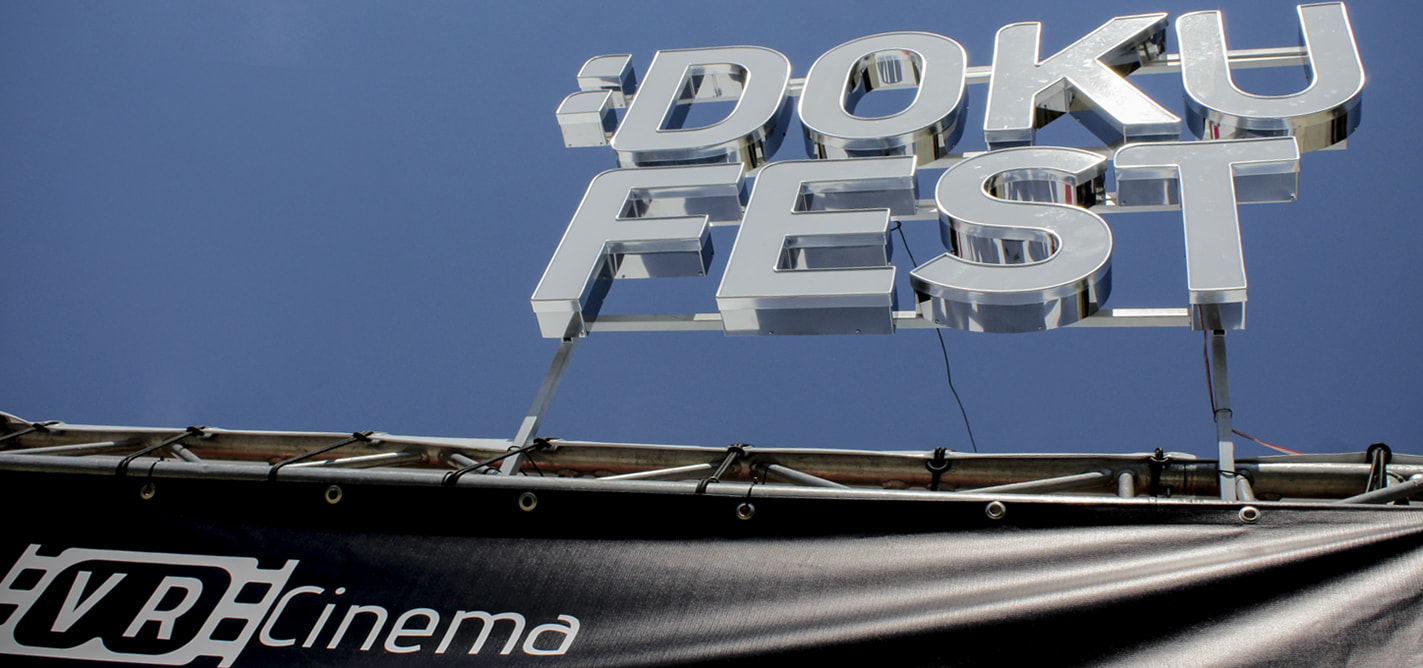
Diving into a virtual world
K2.0 explores the Virtual Reality cinema at DokuFest.
|05.08.2017
|

Hoi Mun Yee
Hoi Mun Yee is a K2.0 editorial intern (summer 2017), who previously spent three months in the Balkans learning about post-war reconciliation processes and minority rights. He is a Malaysian journalism student studying at Drake University in Iowa, USA
This story was originally written in English.